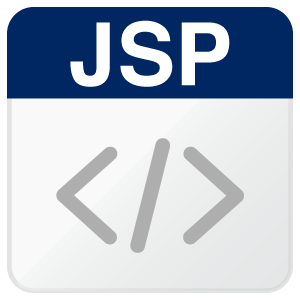Hello everybody !
I'm working with the following software configuration:
- Code Composer Studio version CCS 6.1.1.00022
- SYS/BIOS 6.41.4.54 Real Time Operating System
- XDC Tool 3.31.1.33_core
- Compiler GNU v4.8.4 (Linaro)
- NDK 2.24.3.35
- Sysbios sdk 2.1.1.2
I have developped the command of a motor that is implemented on a SITARA ARM3359.
At the moment, I have a hard issue on a security subject.
In fact, my ARM contains both fonctionnal code and security code (for example safety stop SS1).
In order to be in adequation with the conformity, I have to certifiate that the memory that is containing security code is well protected.
So my idea is to put the code and the data of my security functions in a well specified memory region and protect this region with MMU.
But I don't find how to do:
- Where can I find The linker command file that is generating linker.cmd (it is written "This file was generated by linkcmd_bm_v7a.xdt from the gnu.target.arm package" but I don't find where it is !
- How can I put my security data and secuirty code in 2 specified regions?
- How can I configure MMU to protect these regions ?
I will be very happy if someone could help me !
Thanks a lot.
Laurence


